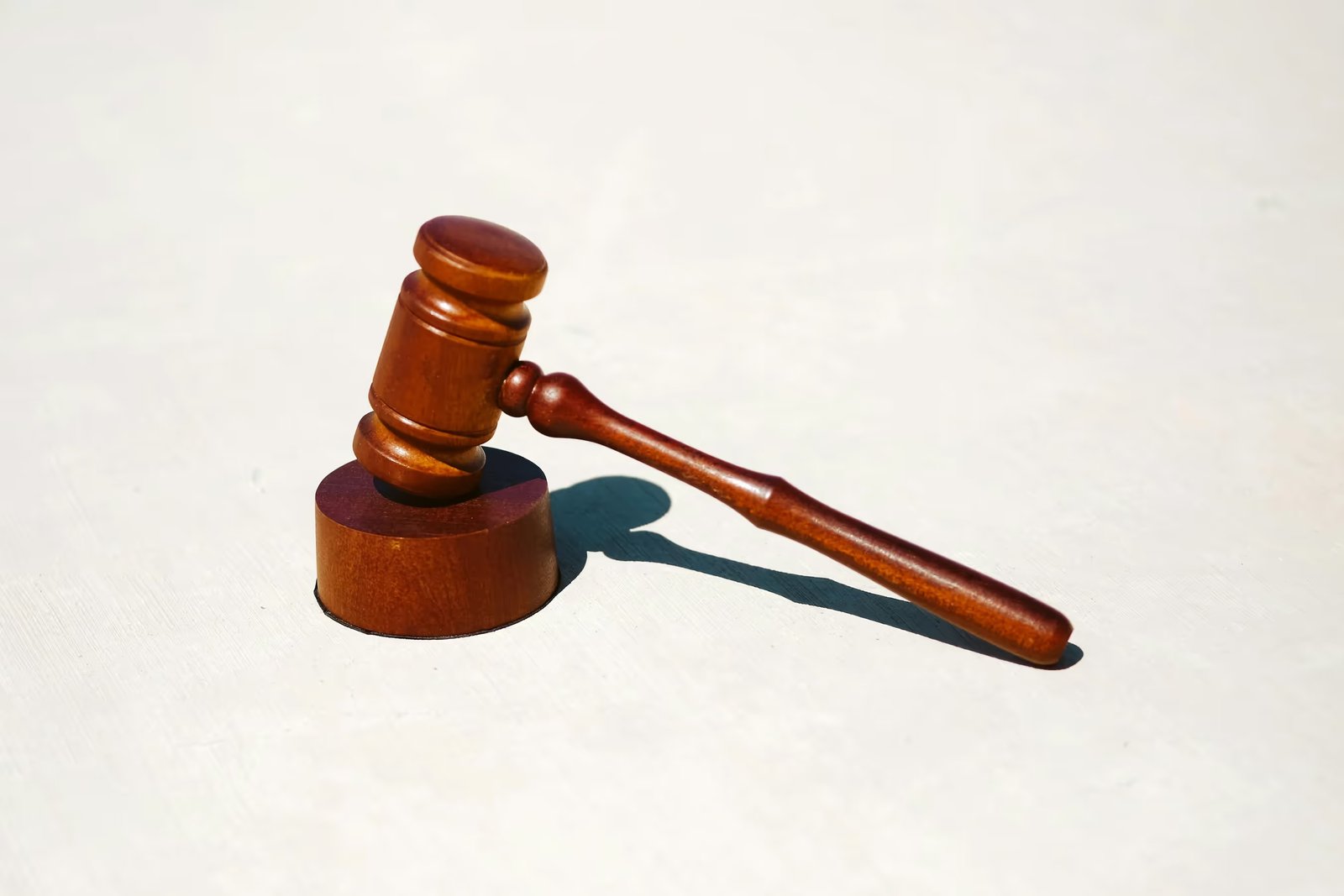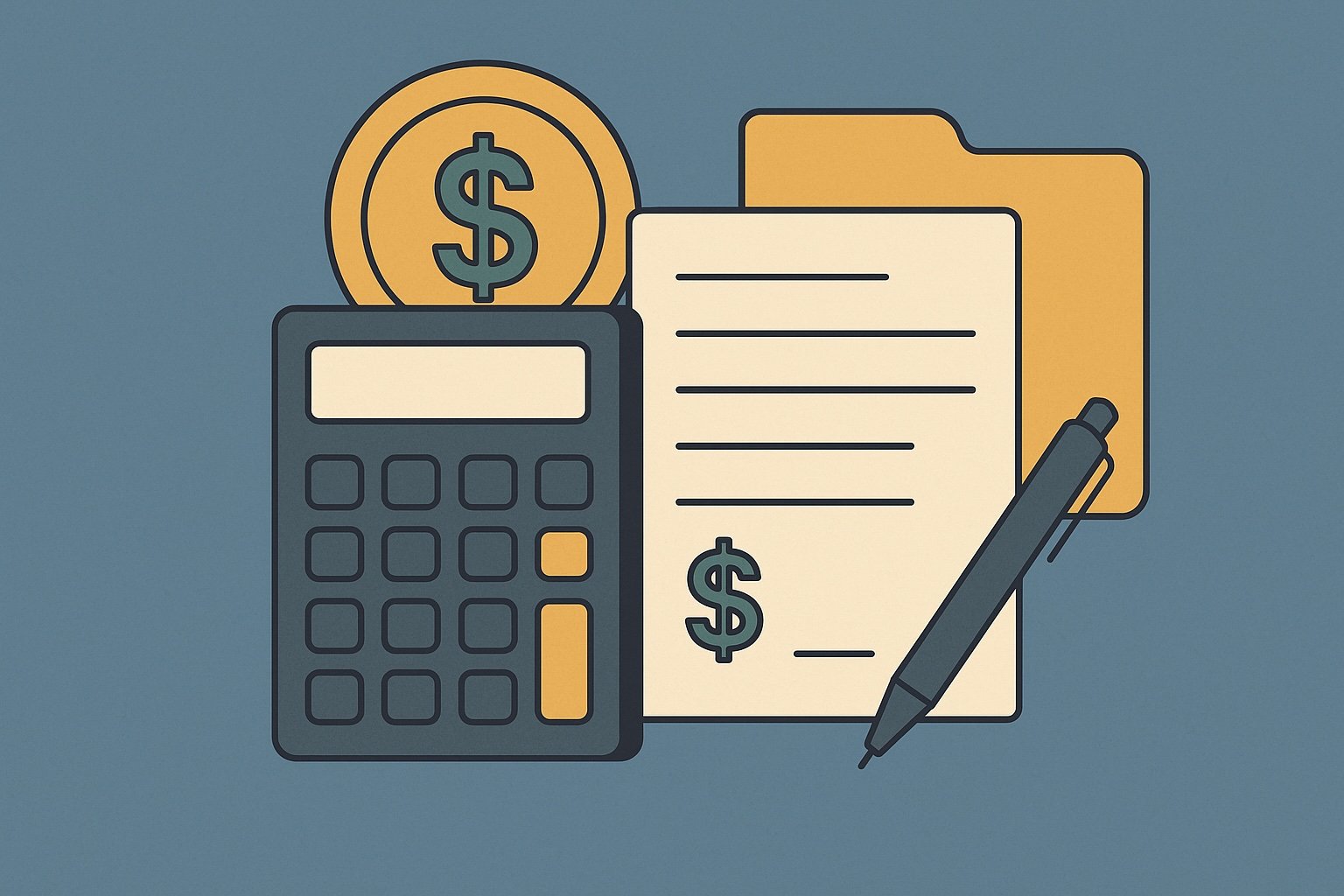Question
ARTE's Answer
Step 1: Sale of the Relinquished Property
When you sell the relinquished property, you need to remove the asset from your books and recognize any gain or loss. However, in a 1031 exchange, the gain is deferred, so you won't recognize it immediately. Here’s how you can record the sale:
- Remove the Asset:
- Debit Accumulated Depreciation (for the total accumulated depreciation on the property).
- Credit the Relinquished Property account (for the original cost of the property).
- Record the Sale Proceeds:
- Debit Cash or Exchange Proceeds Held by Deferred.com (for the net sale proceeds after selling expenses).
- Credit any Selling Expenses (such as commissions, which are paid out of the proceeds).
- Record the Deferred Gain:
- Calculate the deferred gain, which is the difference between the net sale proceeds and the adjusted basis (original cost minus accumulated depreciation).
- Credit Deferred Gain on 1031 Exchange (for the amount of the deferred gain).
Example:
Assume you sold a property with an original cost of $300,000 and accumulated depreciation of $100,000. The net sale proceeds are $400,000, and selling expenses are $20,000.
Journal Entry:
- Debit Accumulated Depreciation: $100,000
- Credit Relinquished Property: $300,000
- Debit Exchange Proceeds Held by Deferred.com: $400,000
- Credit Selling Expenses: $20,000
- Credit Deferred Gain on 1031 Exchange: $180,000 (calculated as $400,000 − ($300,000 − $100,000))
Step 2: Purchase of the Replacement Property
When you acquire the replacement property, you need to record the new asset and adjust for any additional cash or financing used in the purchase.
- Record the Purchase:
- Debit Replacement Property (for the total cost of the new property).
- Credit Exchange Proceeds Held by Deferred.com (for the amount used from the exchange proceeds).
- Credit Cash or Note Payable (for any additional cash or financing used).
- Adjust for Deferred Gain:
- The deferred gain is not recognized immediately but will adjust the basis of the replacement property. This means the basis of the new property is reduced by the deferred gain amount.
Example:
Assume you purchase a replacement property for $500,000, using the $400,000 exchange proceeds and an additional $100,000 in cash.
Journal Entry:
- Debit Replacement Property: $500,000
- Credit Exchange Proceeds Held by Deferred.com: $400,000
- Credit Cash: $100,000
Basis Adjustment
The basis of the replacement property is calculated as the purchase price minus the deferred gain. In this example, the basis would be $500,000 − $180,000 = $320,000.
Recording these entries accurately is crucial for maintaining compliance with IRS regulations and ensuring the deferral of capital gains tax. At Deferred.com, we facilitate the exchange process as your qualified intermediary, ensuring that the proceeds are handled correctly and that you meet all the necessary requirements for a successful 1031 exchange. If you have any further questions or need assistance with your exchange, feel free to reach out to us.
Have more questions? Call us at 866-442-1031 or send an email to support@deferred.com to talk with an exchange officer at Deferred.
Sources
- What To Do About Exchange Expenses in a Section 1031 Exchange? (Article)
- TD 8535 (Like-Kind Exchanges of Real Property-Coordination with Section 453)
- 1.1031(k)–1 (IRS Code of Federal Regulations)
- Goolsby v. Commissioner
- Rev. Rul. 2002-83 (Related Party Exchanges)
- TAM 200039005 (Failed Reverse Exchanges)
1031 Question? Ask ARTE
Deferred's AI 1031 Research Assistant is trained on 8,000+ pages of US tax law and outperforms human CPAs by 22%+
CHAT NOW
Learn More
See more frequently asked questions about 1031 exchanges








